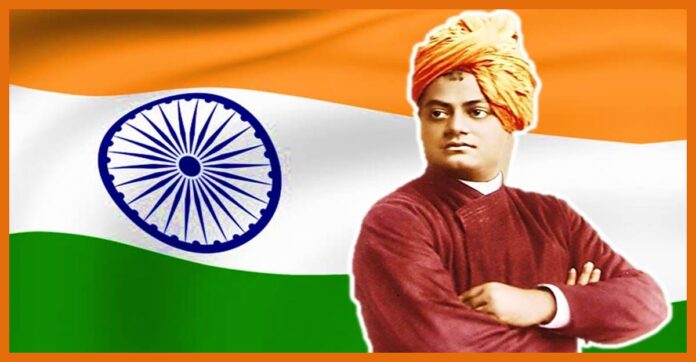Every year, on January 12, the world celebrates Swami Vivekananda’s National Day of Youth. In 1863, it was on this day that the youth symbol was born. The day is also known as Yuva Diwas and is celebrated with functions, speeches and so on at schools and colleges. Let’s read more about the monk who underlined the significance of creating a better nation for young people and changed the world with his contemporary thoughts.
Birth into a Bengali family on January 12, 1863, Narendra Natha Datta was a precocious boy who was what we now call an all-rounder, outstanding in song, studies and athletics. His boss, Vishwanatha Datta, was a famous lawyer. Narendra faced a crisis of confidence as a young man and met Sri Ramkrishna in Dakshineshwar, near Kolkata. When he was unwell, he became his disciple and nursed him.
Narendra went on a long journey through India after this, where he was saddened to see first-hand the appalling suffering of the masses. He wanted to put into action a ‘machinery’ which would come to be known as the Ramkrishna foundation, which included educational, economic and religious improvement, to combat the malaise of poverty.
Vivekananda’s speech at World’s Parliament of Religion
It was 1893 that he addressed the World Parliament of Religions in Chicago, where he delivered his Master’s message to the world, which would be known as his annus mirabilis. There, his greeting speech earned him a standing ovation. Here’s the beginning of this speech:
In addition to the warm and cordial welcome you have offered us, it fills my heart with unspeakable joy to rise up. On behalf of the world’s most ancient order of monks, I thank you on behalf of the Mother of Religions, and on behalf of millions and millions of Hindu citizens of all classes and sects.
I also thank some of the speakers on this forum who have told you, speaking to the delegates from the Orient, that these men from far-off nations will well claim the privilege of bearing the concept of openness to different lands. I am proud to belong to a faith that has practiced tolerance as well as general acceptance of the universe. Read the speech in full…
His speech was so well-received that he spent the next three and a half years in USA and London in the UK spreading Sri Ramakrishna’s message of Vedanta.
Finally, in 1897, he returned to India and delivered a series of lectures here that aimed to lift religious consciousness as an instill of pride in Indian society. He also sought to help raise awareness of realistic Vedanta as well. He opened the Ramakrishna Mission later the same year, offering numerous modes of social support, including running hospitals, schools, colleges, rural development, etc.
He purchased property on the western bank of the Ganga a year later, where he founded his monastic order that began at Baranagar earlier. Margaret Noble (Sister Nivedita), Josephine McLeod and Sara Ole Bull were amongst his disciples. In 1902, but not until transforming how the world viewed Hinduism, his health declined and he died.











































